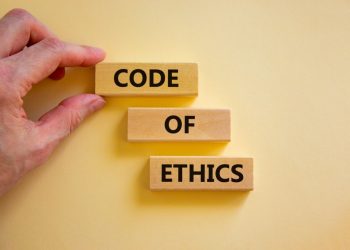By Vicki Lee Parker
RISMEDIA, Nov. 4, 2008-(MCT)-Last month, the Federal Reserve cut interests rates for the sixth time this year in its efforts to restrain the credit crisis. The move that reduced the rate to 1% was a shot in the arm for Wall Street, which was up 10.1% last week. But what have all these cuts meant for the average consumer?
To find out, I spoke with Mark Vitner, Wachovia economist; Bill Hardekopf, CEO of www.LowCards.com; and Jeff Williams, a mortgage consultant with Allied Home Mortgage in Raleigh, N.C.
Here’s a breakdown on how they say the low interest rates have-or haven’t-affected some key consumer finance issues.
– Credit cards. Hardekopf said that lowering interest rates doesn’t automatically mean credit card rates will decrease. But over the past year, the rates cuts have kept the average advertised credit card rates stable at about 12%.
In other words, if you have good credit, you can still find low credit card rate offers. In fact, Hardekopf said that Capital One is currently offering zero percent on balance transfers and new purchases for 12 months.
“It’s certainly possible that others (credit card companies) will do the same,” Hardekopf said. The problem is that fewer people will qualify for the lower rates.
“The advertised rates are still low, but they are reclassifying the perimeters of what is considered good credit. Now, more people are falling into the average and poor credit categories,” he said.
To qualify for these low rates, people have to do everything possible to keep their credit score high, he said. That means pay your bills on time, don’t skip payments, don’t apply for a bunch of new credit cards, and keep credit card utilization low-at most, 30% to 40% of your credit limit.
– Mortgages. Many people assume that if the Fed lowers the interest rate, mortgage rates will also decrease. That simply isn’t the case, said economist Mark Vitner. He explained that mortgages are backed by mortgage securities, which aren’t doing well right now. Still, mortgage rates are hovering at about 6.45%, which is not nearly as high as in previous major economic downturns.
– Home equity lines of credit. This is an area where consumers may see some immediate relief, said Vitner. These loans are more closely tied to the prime rate, which moves in close concert with Fed interest rate cuts and hikes. “The interest cost on (HELOCs) will be less and make it easier on consumers. That frees up a little extra income for spending,” he said.
– Refinancing loans. Clearly, lower rates make refinancing cheaper. But determining whether this is a good option is a little more complex, said Jeff Williams of Allied Home Mortgage. If you have an adjustable home loan, it should be adjusting down, which is good and there is no need to refinance. But if you have an adjustable loan that is scheduled to reset at a much higher rate, refinancing may be a good option.
A number of banks are urging people to use the low rates as an opportunity to refinance into a 15-year or 20-year mortgage loan. But Williams said this may not be a good idea for everyone. He said that unless you are very secure in your job, it may be safer to stay with a 30-year loan, which typically has a lower monthly payment than a 15-year or 20-year loan.
– Car loans and personal loans. If you are shopping for new car or a personal loan, the lower interest rates will likely mean good news for you, said Vitner. “Lower rates means it’s cheaper to borrow money.”
– Saving accounts. Lower rates ultimately mean the money you earn on your savings will decrease. Now is a good time to shop around for the best rates. Hint: Online banks such as E-Trade Bank and HSBC Direct tend to offer higher returns on savings accounts and CDs than many traditional banks.









